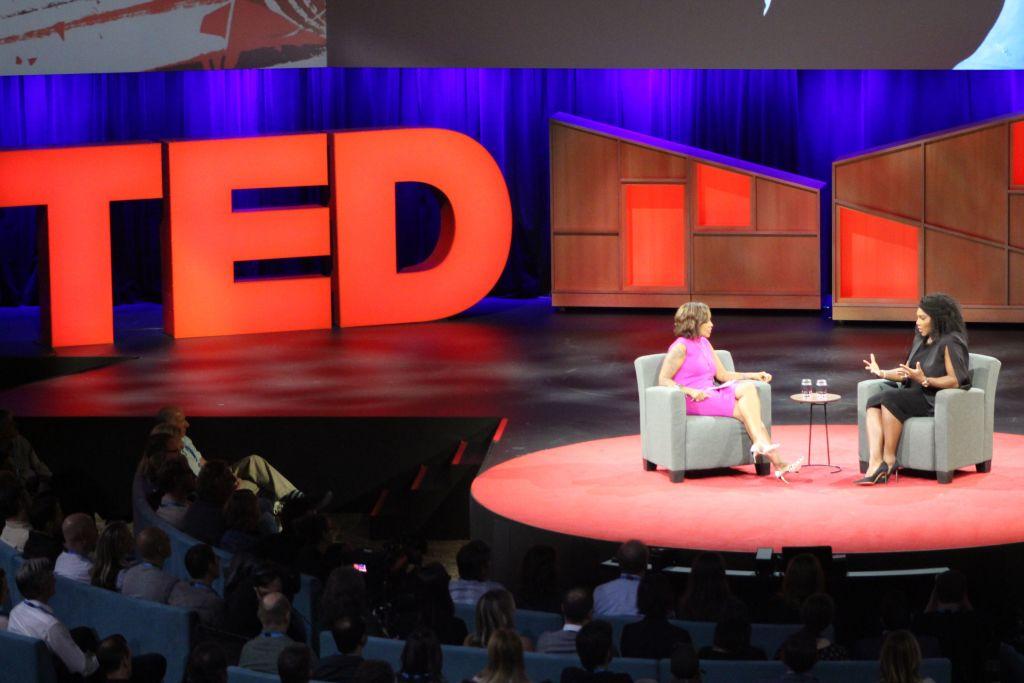Goal setting strategy to boost productivity!
Productivity is funny. We talk all the time about increasing it, getting better at it, seeing changes in it and so on. But actually measuring productivity is quite difficult. It’s different for every industry, team, or individual. Do you say you’ve increased productivity when you get more done on your to-do list or when you’ve written more words today than yesterday?
For me, there have always been times I’ve felt “more” or “less” productive. I started thinking of how I could consistently become “more” productive. I realized I needed to narrow down what it means to be productive for my work and start to measure it in qualifiable goals. You can’t be arbitrary about productivity if you’re trying to analyze and increase it. Even for creative work – which I do a lot of – goals are vital to your advancement.
Here are a few ways my team and I use goal setting to boost productivity – both personally, and as a team.
Determine your value-creating tasks while setting your productivity goals
Because productivity can be so arbitrary, you and your team first need to be honest about what tasks you do throughout the day that actually create value. For us and many other teams, email is the biggest time eater and killer of productivity, which often results in little value created for the amount of time we spend checking it. It’s easy to look and feel busy without actually getting anything done that’s going to generate revenue or make improvements. We identified a handful of tasks that directly help reach our overall objectives. We use Hibox to track these tasks and stay on top of them. When looking at overall productivity, you have to factor out the menial tasks that take up time but don’t necessarily move you forward. The goal from here should be to reduce time spent on menial tasks and find ways to increase productivity on the value-generating ones. One thing we really had to learn is that there’s a difference between being busy and being productive!

Find a way to quantify what you get done that makes sense:
What we did next was determining a way to quantify these tasks. Numbers are universal and – when time and money are on the line – they need to be your focus. There’s no use in guessing whether you’re “increasing” or “decreasing” productivity. Quantifying your most important tasks is going to be different for every company and role. For instance, as a sales team, you may want to measure how many follow-up calls you’re making. For me, as a writer and marketer, I focus on words and pieces written and increasing traffic. Once you’ve determined a way to apply numbers to your most value-creating tasks, you’ll have a clear view of where you stand and what exactly it means to “increase” productivity.
Setting realistic long and short-term goals oriented towards increasing productivity
Once we knew what we actually cared about finishing and had a way to quantify our progress, we could then set long and short-term goals. Instead of the glazed-over aim of “increasing productivity”, we had quantifiable goals like “complete 15 more follow-up calls in a day”. This is a much more effective way to motivate both your employees and yourself. When you have clear, formalized direction, you and your team are 42% more likely to reach them. It’s important to keep in mind that goals should be both quantifiable and realistic. See these as a way to motivate your team towards milestones that culminate in better productivity, but don’t overwhelm them with crazy new standards. If anything, these should help make things clearer and less stressful in terms of expectations for your team. I’ve found there is a sense of focus, relief and less ambiguity in our team when we’re working towards goals.

Since taking this approach to increasing productivity, our team is more focused and productive than ever. It’s easier to onboard new employees and get them working at our pace with clear expectations and direction. Most importantly, we’ve realized the difference in what makes us “busy” and what makes us productive, so we can focus on getting better at our value-creating tasks as a team.
We hope this tips are helpful for you and your team as well!




